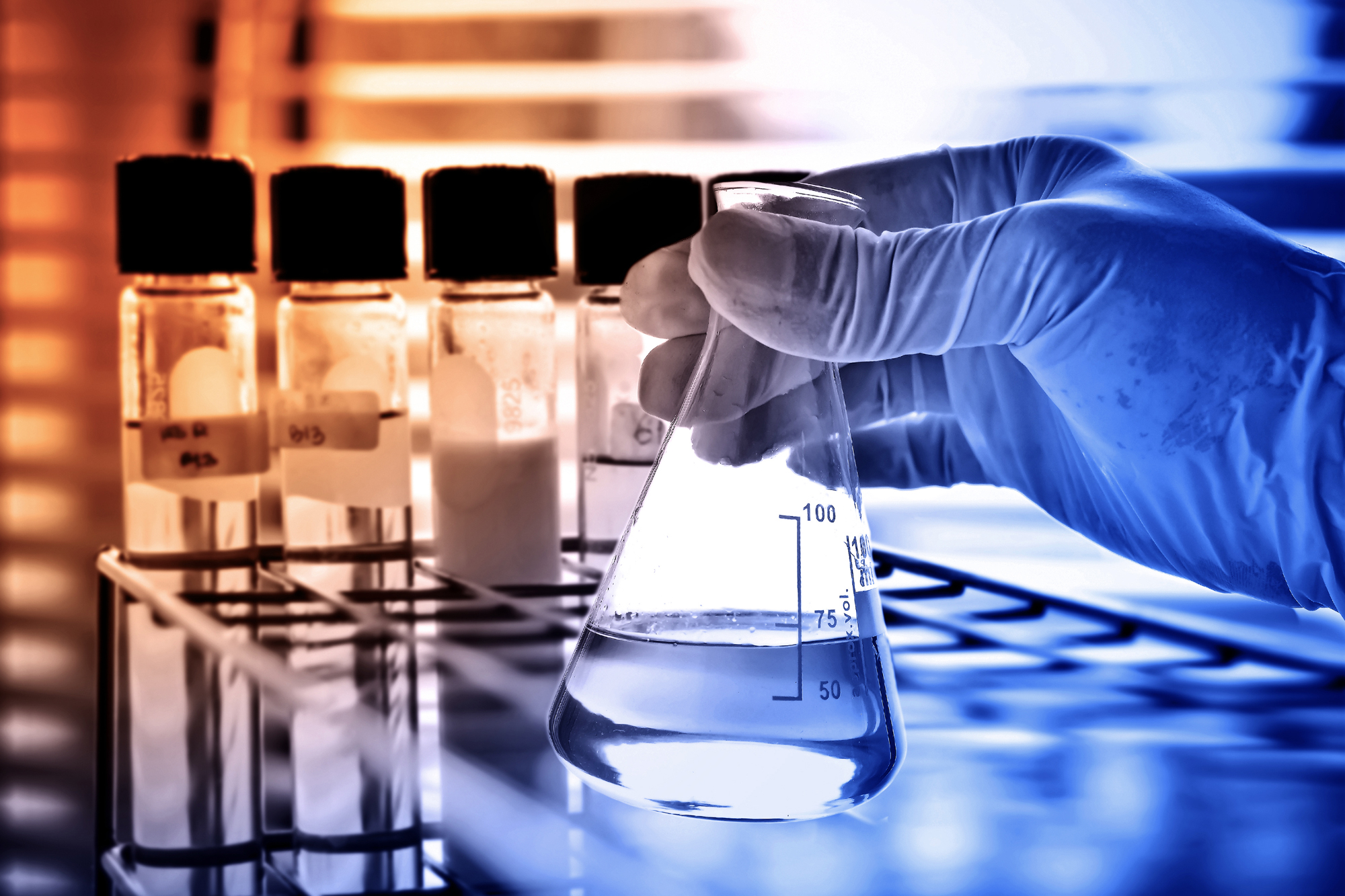Possible toxic causes of production animal ill health and death are numerous and out of the scope of this publication. When investigating suspected poisonings in animals it is important to be methodical:
Take history, examine the animals (clinically or necropsy), examine the environment, collect samples for laboratory examination and record all the findings. You may need to consult with your local laboratory for advice on appropriate samples, sample volumes and handling details.
A useful reference is “Veterinary Clinical Toxicology Third edition.” Parton,K. Bruère, A.N. Chambers, J.P. 2006 Foundation for Continuing Education Publication No 249.
If litigation is threatened then you will need to:
- Have a detailed record of all findings
- Record the identity of the animal(s)
- Collect and label specimens
- Seal specimen containers
- Maintain continuity of possession
- Obtain a receipt of specimens.
Examples of more common intoxicants that can be tested are provided below. See individual tests for sample requirements
Biological control agents
- 1080 (sodium fluoroacetate)
- Strychnine
- Synthetic pyrethroids
- Organophosphates
- Organochlorines
- Carbamates
- Metaldehyde
- Anticoagulant rodenticides (warfarin, pindone, coumetetryl, bromadiolone, difenacoum, brodifacoum)
Heavy metals
- Arsenic
- Lead
- Copper
- Selenium
- Zinc
Biological toxins (non-plant origin)
- Cyanobacteria
- Clostridium botulinum toxin
- Mycotoxins (aflatoxins, fumonisin, Deoxynivalenol, ochratoxin)
- Urea
Biological toxins (plant origin)
- Mycotoxins (aflatoxins, fumonisin, Deoxynivalenol, ochratoxin)
- Nitrate/nitrite
- Cyanide
- Oxalate
- Ergot alkaloids
- Pyrrolizidine alkaloids
- Indospicine
- Ptaquiliosides
- Pimelea toxin

